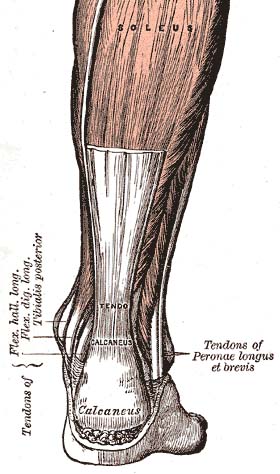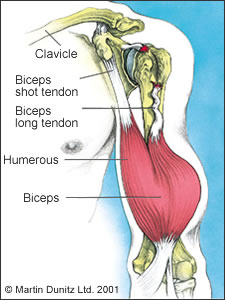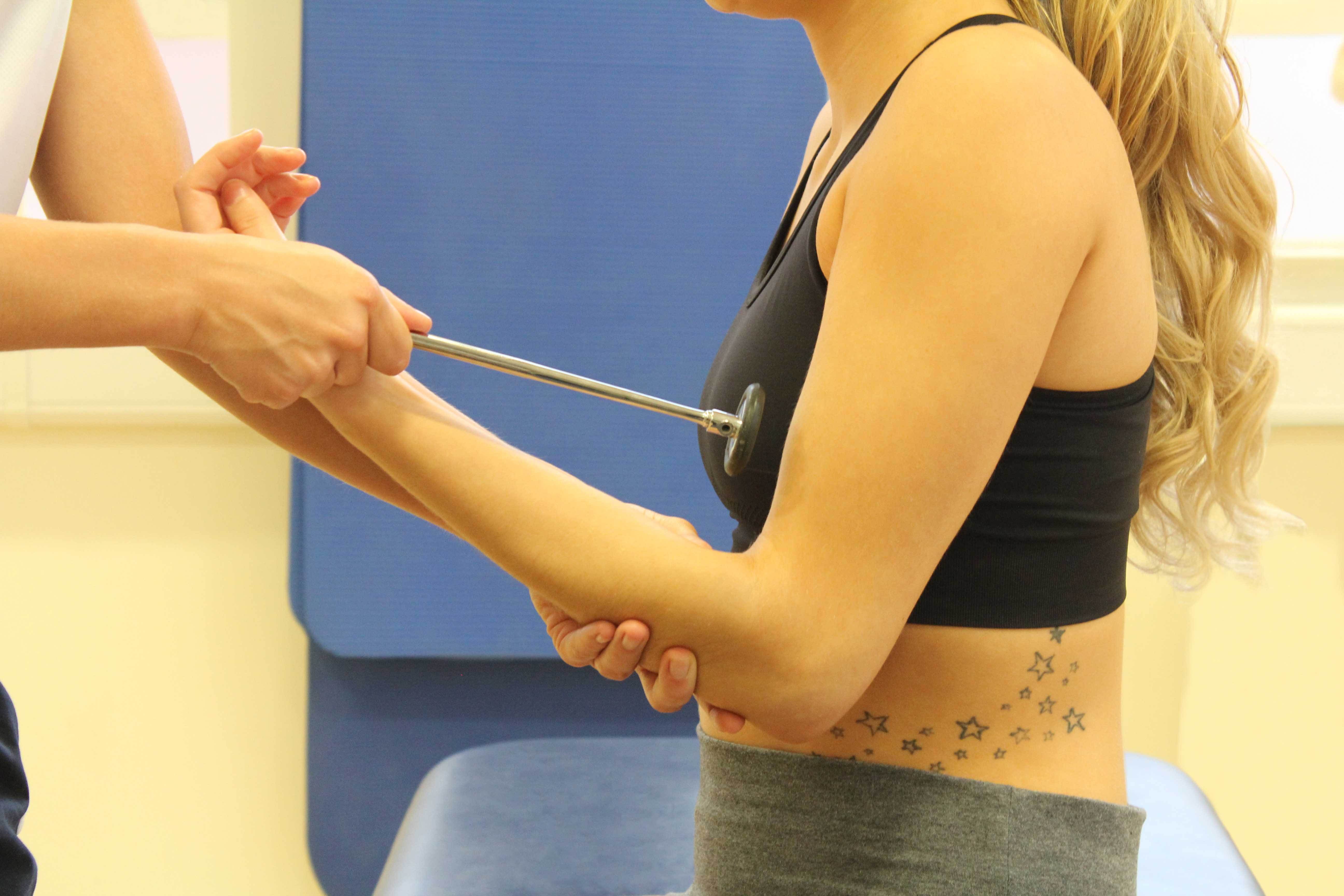|
BOOK NOW |
ASK ABOUT YOUR PAIN |
Home > Blog > Team > Physiotherapy & Hand Therapy > Conditions We Treat > Tendon Injuries Physiotherapy & Hand Therapy
Tendon Injuries Physiotherapy & Hand Therapy
Tendon pains and injuries are very common "bread and butter" conditions that our principal physiotherapists, hand therapists, TCM physicians and massage therapists treat - unfortunately, tendon issues and pains are one of those kind of pains most people will experience at least once in their lives.
For some, tendon injuries and pains may be prolonged, lasting for weeks or even months.
We treat many patients who are worried about their scans and ultrasound findings that suggest they may have degenerative changes in their tendons.
Good news is that research is showing that even for tendons with degeneration, there are plenty of healthy tendons that are capable of being trained, strengthened and exercise and can help the patient recover from their tendon injuries and pains.
first of all....Do Tendon injuries and pains even heal?

This is the #1 concern that patients have - IF their tendon damage will heal or not.
So first, let's dive deeper on the difference between
- physical direct damage such as partial or fully torn tendon versus
- tendinopathy and tendinitis (will cover these below)
First, let's talk about physical direct damage.
Of course, 100% tendon tear (medically termed as a full rupture) is technically the worst, and the lesser the degree of tear, the better the situation (ideally no damage preferred heh, but accidents do happen and that's why we're here to help).
To put things in perspective, tendons are unlike muscles, which are rich in blood supply (hence their red color); tendons instead are whitish and have poor blood supply. This means they're really good and strong BUT when they get damaged, they heal slowly due to having poor blood supply (blood carries restorative healing nutrients).
Full tendon tears cannot heal on its own normally (the only exception being a mallet finger that can be treated conservatively with a relatively simple customized anti-mallet splint) and will 100% require surgery.
What are the symptoms of a torn tendon?
When a tendon completely tears (100%), patients usually can feel or hear something go "pop" or "snap", followed by lots of swelling and later bruising.
The joint that is attached to the tendon will no longer work normally

For example, a patient with a ruptured biceps tendon will no longer be able to bend their elbow effectively.
What is tendinopathy?
Tendinopathy is by far the most common type of tendon injury.
Tendinopathy refers to the tendon being in a state of overload which presents as pain. Contrary to common belief, the tendon is usually not
inflamed and this is why we no longer use the term ‘tendonitis’, as the
‘itis’ means inflammation, which is generally incorrect.
The importance of this distinction is that an inflamed tendon will need some rest, and possibly some anti-inflammatories, to help settle it down before doing any strengthening exercises.

An overloaded tendon in a state of tendinopathy may feel better when resting, the problem will be there waiting for you when you start exercising again.
This is why patients tend to feel frustratedly stuck in a vicious cycle where they rest and then start exercising when their pain has settled, only to find the pain returns and often comes on more easily this time.
This is both confusing and frustrating for patients but can be explained in that the tendon has become weak through resting and disuse and therefore its tolerance to loading has reduced, making it overload more easily.
Therefore, a patient with tendinopathy will respond better to a rehabilitation regime consisting of graduating strengthening exercises that gradually increase the tendon’s tolerance to loading over time.
The take home message here is that if you have tendinopathy, then your tendon does not need rest, it will need a graduated strengthening program usually over an 8-12 (give or take) week period.
It is important that these exercises are prescribed by our principal physiotherapists and hand therapists with specific expertise in treating tendon problems.
What is Tendonitis?
Tendonitis occurs when a tendon becomes inflamed.
Patients may experience on-off swelling too. Tendinitis is more rare and the more accurate term tendinopathy is used nowadays for a tendon injury that does not involve a torn tendon [see above].
Whether there is inflammation or not, the tendon has been overloaded and needs activity modification and then will likely also need to be strengthened to allow it to tolerate the exercise which caused the overload in the first place.
Therefore, tendonitis is treated as tendinopathy.
A graduated exercise program is the best way to avoid tendon problems.
What causes tendon injuries?
Tendon injuries result when
- repetitive load / strain
- one-time overload
exceeds the specific's tendon tolerance for load.
Tendon tolerance to load is dependent on your activity profile.
Whose achilles tendon has higher tendon load?
- Person A: been a runner for 5 years, running three times per week
- Person B: only walks every day and does not run for exercise
It's more likely Person A, as their achilles tendon have been more conditioned to take more load and force over a period of time.
This also means that if person B decided to take up running, they would need to gradually increase their running distances to reduce the likelihood of overloading their tendon.
Other less common causes of tendon injuries include
- a direct blow to the tendon (such as a kick, twist or an accident) or
- highly repetitive friction such as may occur with a pair of shoes that rub on your heel / Achilles region.
How is a tendon injury diagnosed?
Most tendon injuries can be diagnosed in the clinic by an appropriately skilled clinician - our principal physiotherapists and hand therapists can do it, but we prefer that you consult an orthopedic surgeon or sports doctor just in case they want to order an imaging (MRI, X-Ray or ultrasound) to have more clarity.
If ultrasound imaging is done, we recommend patients do BOTH left and right side ultrasound (even if only one side is painful) so that we can compare what is normal and what isn't. Of course, we may find some tendinopathy on the unaffected (or less painful side) which then points that it has overloaded the tendon from
- too much exercise / intense
- too little time / not gradual enough
causing the patient to experience pain.
MRI is also sometimes used, especially if a full tear (rupture) of the tendon is suspected. Severe weakness in a tendon is suggestive of a large tear or rupture.
How do our physiotherapists and hand therapists treat a tendon injury?

Tendon treatment varies depending on the type of injury.
- A ruptured
tendon will need review with a specialist to determine the appropriate
course of action. This may include immobilization in a customized splint and/or surgery.
- A partial tendon tear is often treated conservatively (non-operatively) initially, and then if the patient is failing to improve, specialist review and surgical review may be considered.
- Stage 1 includes treatments aimed at controlling pain (pain relief) and removing or modifying activities that are overloading the tendon. The goal of stage 1 is to make the patient’s symptoms stable and also to address any weakness or biomechanical problems that may have contributed to the problem in the first place. We also focus on educating the patient as to the cause of their problem and also how to monitor their own progress to avoid flare-ups.
- Stage 2 consists of slow, heavy resistance exercises that have been shown through research to strengthen the tendon which improves patient’s tolerance to exercise and activities of daily living.
-
Stages 3 and 4 consists of increasing the speed and
power of the tendon as well as introducing sport-specific exercises.
Treatment programs are individualized to suit each patient’s needs and
are delivered by a physiotherapist with specific expertise in tendon
rehabilitation.
Patients should anticipate an 8-12 week program, but for longstanding tendon problems, it can take 6 months to build up the appropriate strength due to the level of deconditioning that may be present initially.